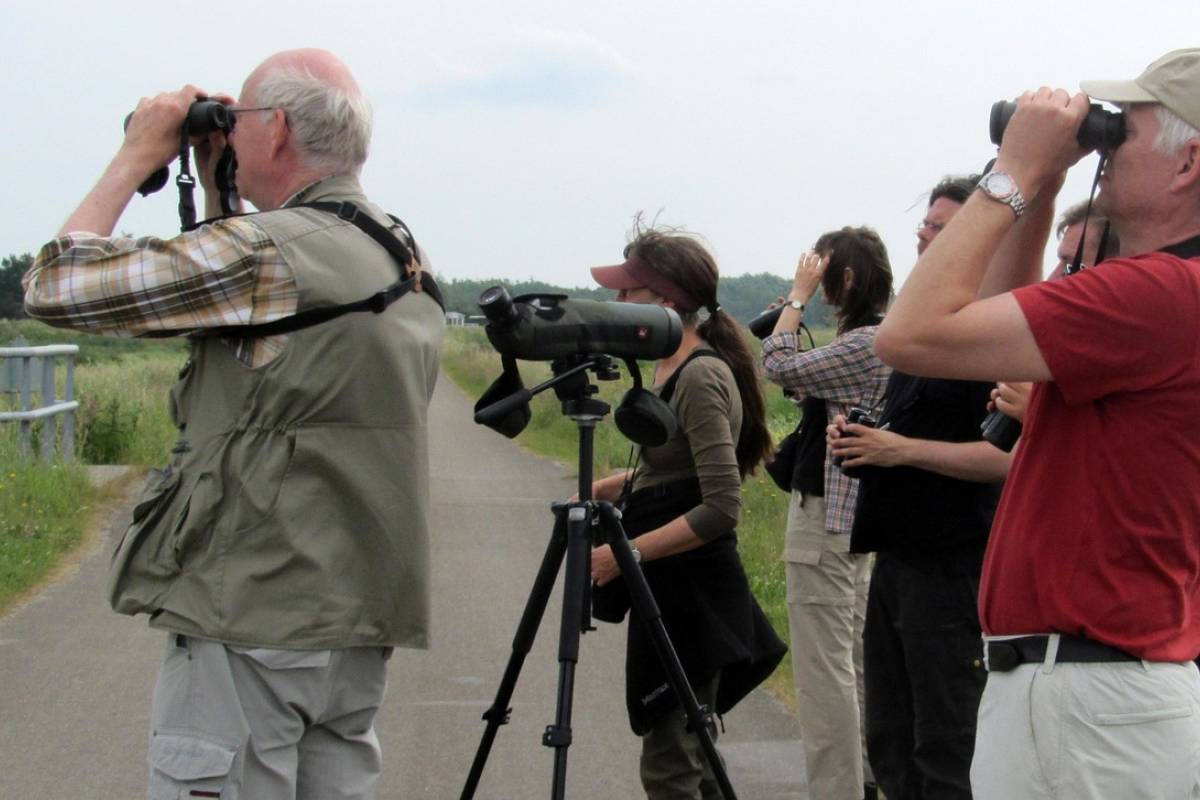(Vax-Before-Travel News)
The spread of H5N1 influenza (bird flu) in animals with spillover into human populations remains a global health risk.
To address this serious issue, various vaccines have been developed.
However, researchers at the…

The spread of H5N1 influenza (bird flu) in animals with spillover into human populations remains a global health risk.
To address this serious issue, various vaccines have been developed.
However, researchers at the…